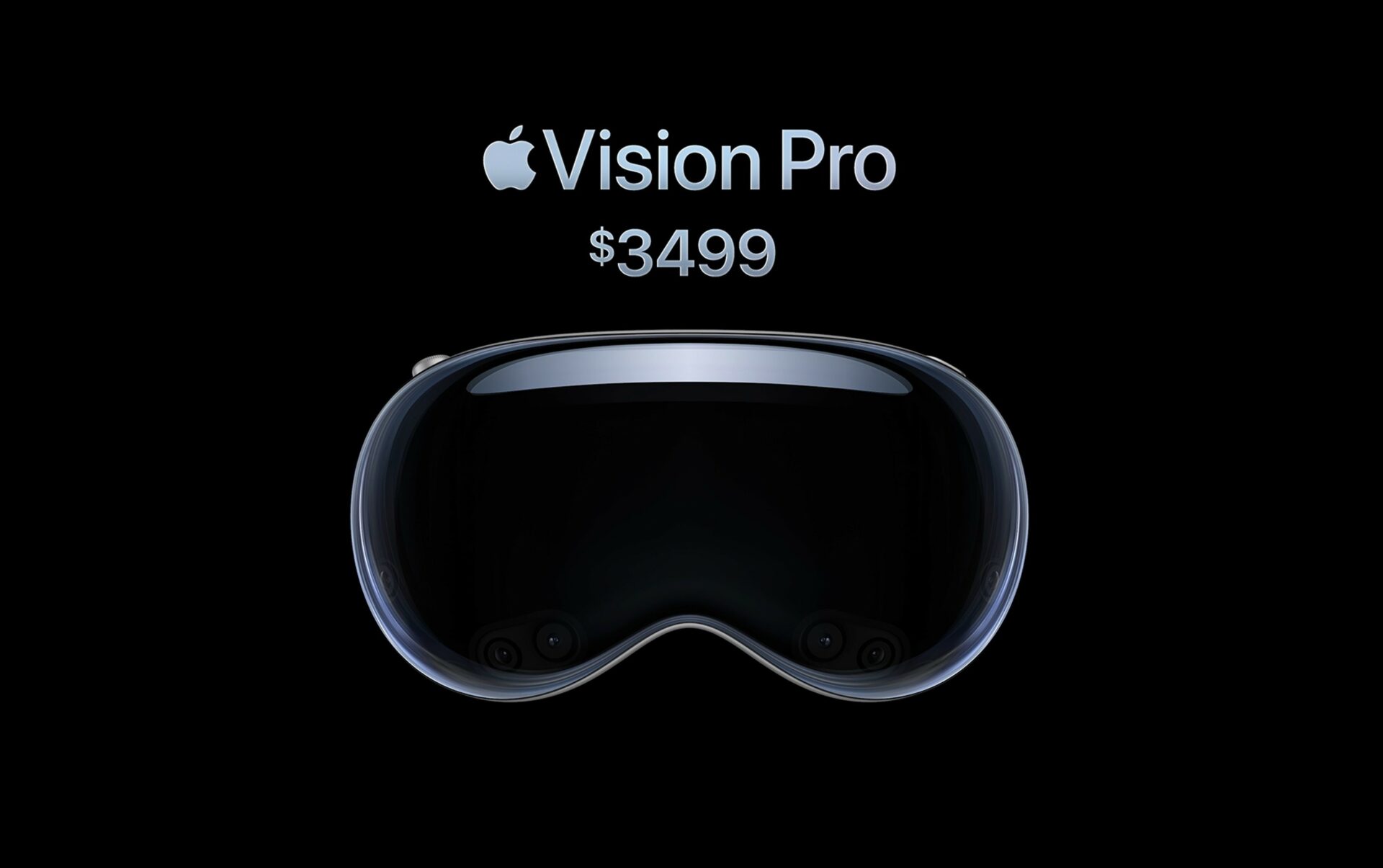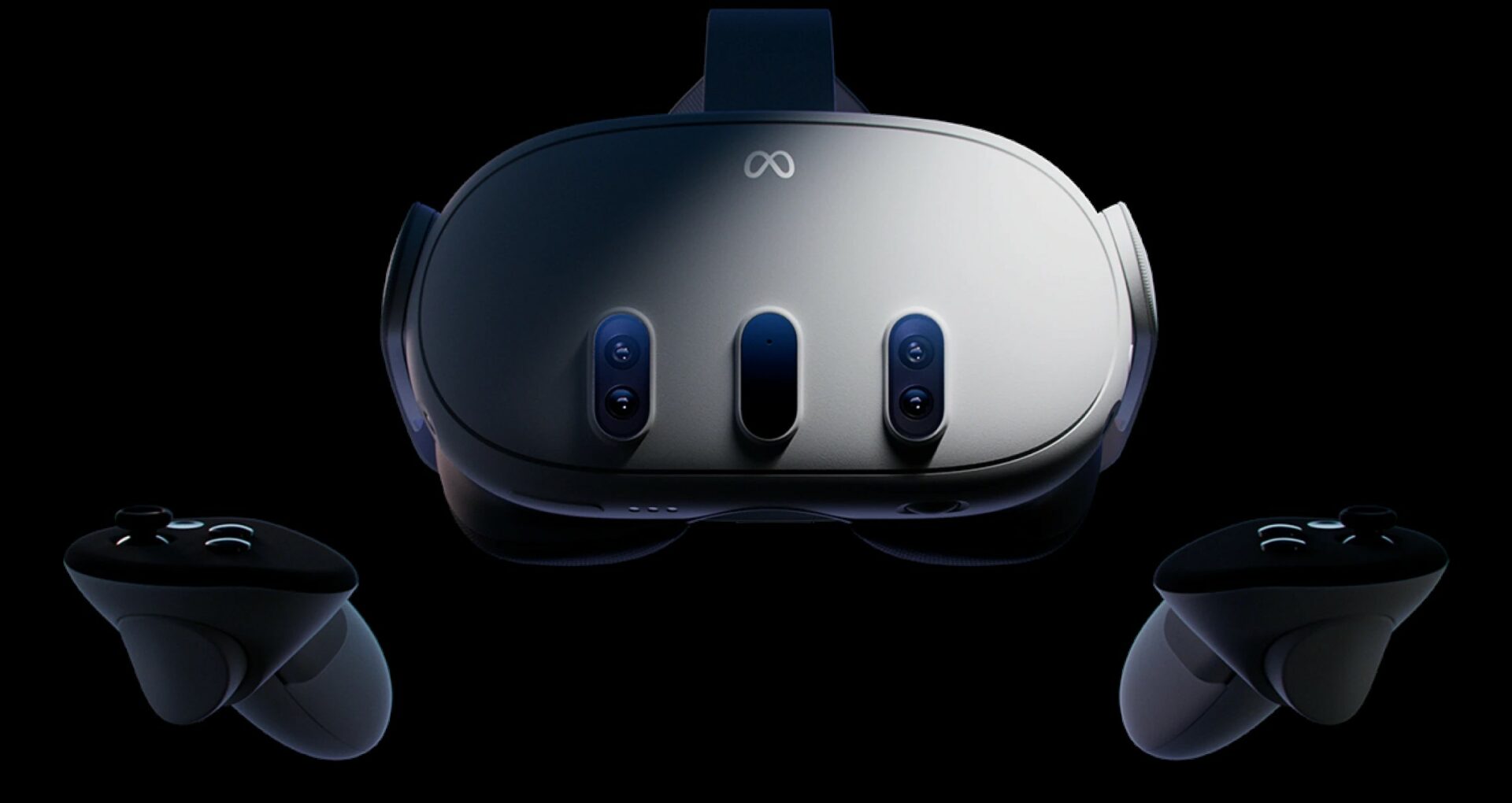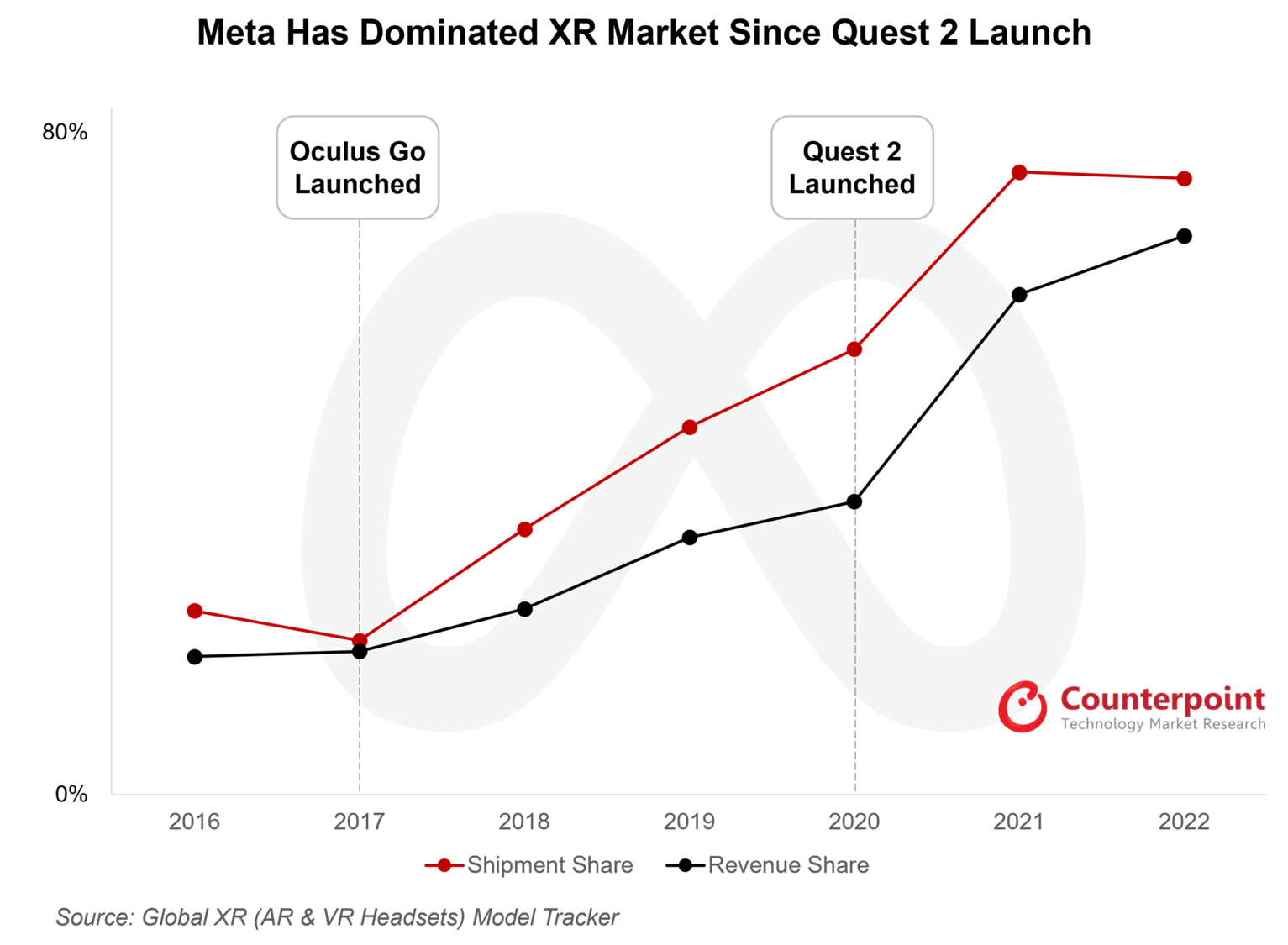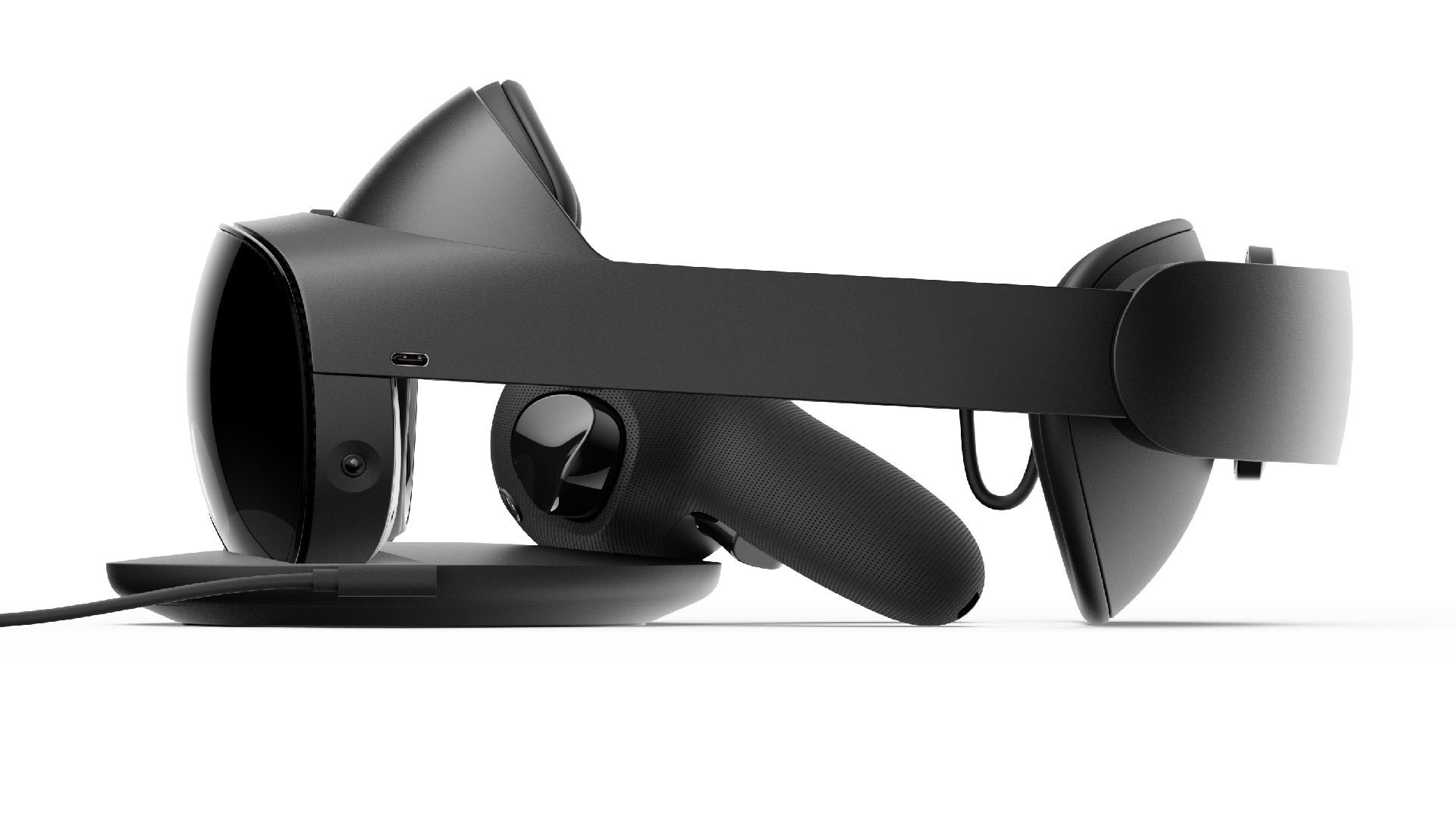- Apple announced Vision Pro at the June 5 WWDC with a launch price of $3,499.
- It will be released early next year starting with the US, the biggest XR headset market with over 70% share in 2022.
- Featuring advanced specs and a sleek design, it has enterprise, gaming, content and connectivity use cases.
- However, with a price of 12 times that of an entry-level Quest headset, it is unlikely to ship over half a million units in its first year.
Apple made its long-anticipated foray into the extended reality (XR) market with the announcement of a $3,499 headset, Vision Pro, at this year’s WWDC on June 5. While Apple is calling it an augmented reality (AR) headset, it is effectively a mixed reality headset based on video pass-through, although done better than anyone else. This is an important step forward for the technology which may eventually replace smartphones, personal computers and televisions.
Apple’s short-term and long-term prospects
With such high expectations, Apple’s stock reached an all-time high before the announcement but fell during the keynote address. This shift in investor stance reflects the challenges that complicate this opportunity.
Apple has also not jumped on to the AI bandwagon so far as it is not its core strength but may yield dividends in the nearer term, thus influencing investor perception of the stock’s attractiveness.
Given primarily the hefty price tag, which is 12 times that of an entry-level Quest headset, the first iteration of the headset is unlikely to sell more than half a million units in the first year of availability. Investors’ reaction also reflects this. Apple’s concern, however, is not the day’s stock movement but the next decade and beyond of technological evolution – about a post-smartphone future and how to secure it.
WATCH:Apple Vision Pro Mixed Reality Headset: Quick Look at Key Features
Cutting-edge technology and Apple premium explain the price tag
In order to secure this long-term future, after eight years of work and 5,000 patents, Apple has announced what it describes as “the most advanced personal electronics device ever”. It features Apple’s powerful M2 processor with its custom R1 co-processor that helps manage the computational load from multiple cameras and other sensors in the spatial computing device.
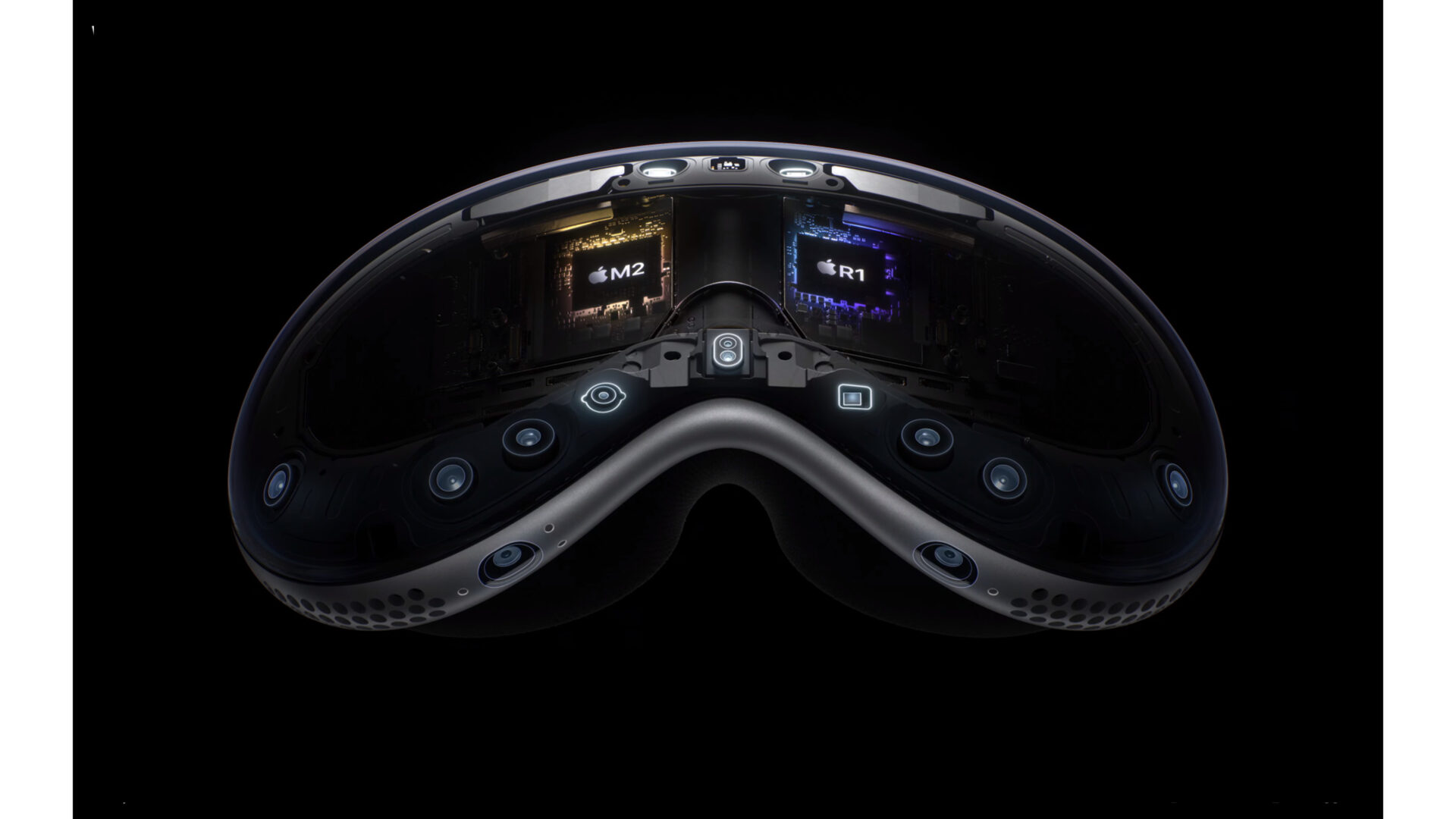
Its two microOLED displays offer an unrivalled viewing experience with more than a 4K-per-eye resolution. So far, only tethered VR devices by Czech-based VRGineers and China-based Pimax have offered headsets with 4K display but in LCD.

The Vision Pro also takes the industry forward with an immersive audio experience enabled by two amplified drivers in audio pods next to each ear.
In demos, Apple employees scanned reviewers’ ears and their surroundings to calibrate spatial audio, besides scanning their faces for Face ID.
The device uses advanced scanning to personalize the experience. Facial scanning is done to create a representation of the user’s face. This is used in, for example, virtual conferencing. Eye movements and facial expressions are rendered faithfully. The device also scans the environment to optimize the audio settings to deliver accurate spatial audio.
With an external battery pack, Vision Pro is just shy of being completely self-sufficient
The headset does not come with controllers as it uses advanced eye, voice and gesture tracking through 12 cameras, 6 microphones and 5 sensors.
An external battery pack, however, prevents the device from being completely standalone despite featuring multiple integrated chipsets which enable autonomous computing. A two-hour battery life, then, is disappointing.

Developer kits and six months to create apps for wide-ranging use cases
The gestation period of six months before the headset is available for purchase in early 2024 in the US will enable developers to build, iterate and test apps on the headset. They carry a heavy weight of expectations to update existing apps for the spatial environment and to create killer new apps offering use cases for both consumers as well as enterprises on Apple’s all-new VisionOS platform.
Scale and size to allow Apple to forge partnerships critical for the technology’s success
The partnerships, such as those Apple has struck with Disney, Unity and Zeiss, are also key to ensuring the success of Vision Pro, and indeed the technology in general, especially in the early days when buyers may need every push to try out a technology with which few are familiar.
Meta has tried this for its enterprise-grade headset, the 2022-launched Quest Pro, with indeterminate although likely unremarkable outcomes. Apple’s advantage lies in its ability to entice a whole host of firms, including Hollywood studios, to create custom content for its headset.
Concerns and challenges that may obstruct Apple’s path to spatial success
Vision Pro is clearly only an early step in what is going to be a long journey before face-worn computers become mainstream. There are several obstacles that obstruct this path and will need to be overcome to realize such a future.
Form factor
While Apple’s ski goggle-like design is sleek and attractive, widespread acceptance can be attained by compressing similar compute in a compact eye-worn glass-like design.
Weight
The headset offloads some of its weight to an external battery pack but is still described by reviewers as being hefty. For a headset to become mainstream, it will need to be lightweight enough to be comfortably worn for extended periods.
Battery
Eventually, the battery needs to be integrated with the main headset while concurrently reducing its weight. Besides, the battery life will also need to be increased to at least 8-10 hours before headsets can come close to becoming integral parts of our daily lives.
Privacy
In this regard, Apple has already taken steps to allay concerns by ensuring that consumer data is protected, and in some cases, not even accessible to Apple. With its current headset looking clearly like a tech device and unlikely to be used for extended periods in public, Apple has also dodged one of the bullets that killed Google Glasses – the fear of headset users breaching the privacy of unsuspecting passersby. However, as Apple’s headset becomes sleeker, these concerns will have to be addressed.
Apple’s success will be the industry’s gain
Regardless of these challenges, Apple’s long-awaited entry into the segment has already generated an upswing in consumer interest towards XR hardware that perhaps even Facebook’s name change to Meta did not. This interest is likely to translate into increased sales of headsets of all types. For those unable to afford Apple’s prices, or unwilling to wait long enough for it to become available for sale (especially outside of the US), rival headsets will be good alternatives to try out the tech.
So, even if the launch of what Apple described as “the most advanced personal electronics device ever” may not be an iPhone moment, it is a positive step and will take the industry forward.
Feel free to reach us at press@counterpointresearch.com for questions regarding our latest research and insights.

